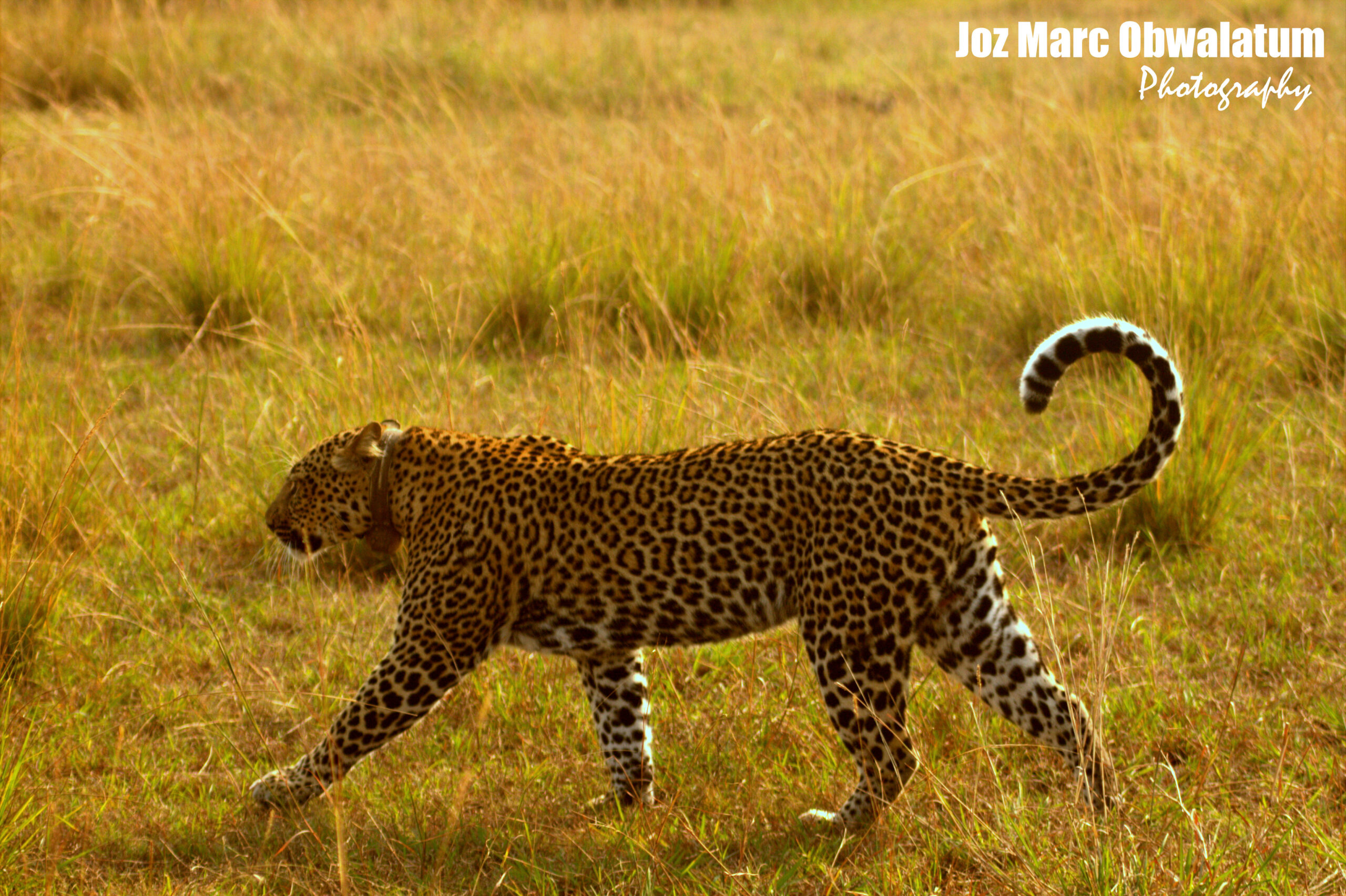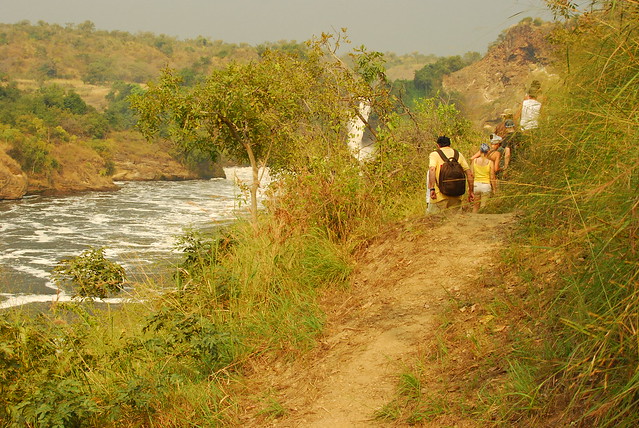Track & See the Shoebill
[vc_row][vc_column][vc_column_text]
Shoebill tracking in Murchison falls National Park is an amazing experience best appreciated by bird-lovers on a safari to Murchison Falls National Park. What better experience than laying eyes on perhaps the only dinosaur-like creature that still exists on earth in Murchison falls National Park.
The shoebill Stork is a gigantic prehistoric dinosaur-like bird whose numbers are dwindling and almost getting to extinction. If you are on a safari to Murchison falls National Park, we recommend adding shoebill tracking to your list of things to see and do in Murchison falls NP.
Shoebill tracking In Murchison falls National park is a guided boat safari on the Nile. On this trip, you will sail downstream into the marsh-filled delta area of Murchison Falls National Park.
The search for the rare shoebill stork will often last a great deal of the morning. While the main focus of the trip is to get a glimpse Of this pre-historic stork looking bird, you will have the chance to spot other bird species. Murchison falls National park is home to well over 451 bird species which include; The Albertine rift endemic birds, water birds, and savannah birds. Birding in Murchison Falls is considered a top thing to do while on a Uganda safari to the park equally popular for it thunderous waterfall that bursts its way through a 07-meter gap and dropping down 45 meters and sends forth approximately 300 cubic meters per second in the Victoria Nile which follow in the delta point where Lake Albert is birthed out of.
BEST TIME TO GO SHOEBILL TRACKING IN MURCHISON FALLS NATIONAL PARK
Birding in Murchison Falls is good year-round, but the best time to see the shoebill from January to March. This is, however, the low season for tourists visiting Uganda, but the best time to go on a birding Uganda Safari.
December to February has the least rain, while April to May and August to October have the most rain. The heavy rains might result in delays due to impassable roads and slippery hiking trails and can limit your bird-watching time.
***Migratory birds are present from November to April.
ITINERARIES THAT INCLUDE SHOEBILL TRACKING
[/vc_column_text][/vc_column][/vc_row]


Comments are closed